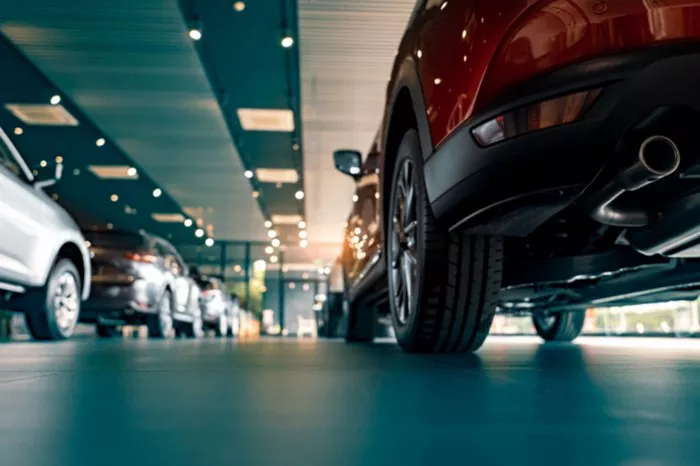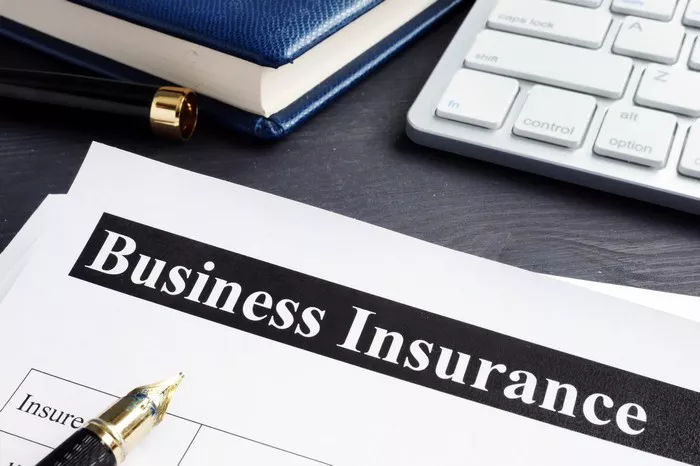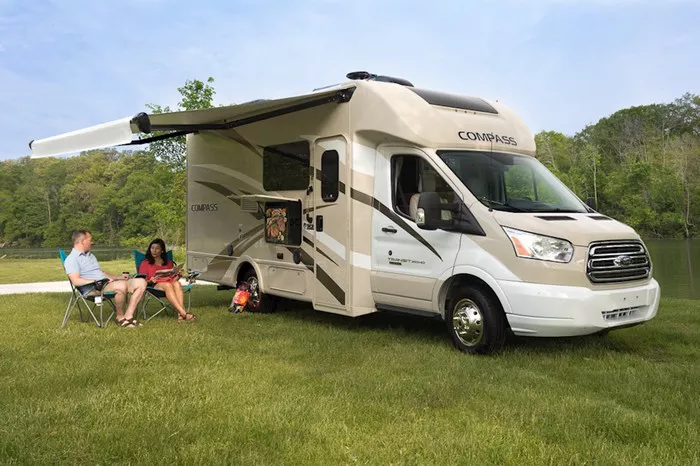Car insurance is a crucial aspect of vehicle ownership and driving. It provides financial protection against a variety of risks associated with owning and operating a car. Understanding the different types of car insurance available can help drivers make informed decisions and ensure they have the appropriate coverage for their needs. This article will explore the 9 key types of car insurance, their features, and how they can benefit drivers.
1. Liability Insurance
Understanding Liability Insurance
Liability insurance is the most basic form of car insurance and is often required by law. It covers damages and injuries that you may cause to other people and their property while driving. This type of insurance is essential for protecting yourself financially if you are found legally responsible for an accident.
Coverage Details
Liability insurance typically includes two main components:
Bodily Injury Liability: This covers medical expenses, lost wages, and other costs related to injuries sustained by other people in an accident you caused. It can also cover legal fees if you are sued for damages.
Property Damage Liability: This covers the cost of repairing or replacing property that you damage in an accident, such as other vehicles, buildings, or structures.
State Requirements
Most states have minimum liability insurance requirements, but these limits may not always provide sufficient coverage. It is advisable to purchase higher limits to ensure better protection.
2. Collision Insurance
Understanding Collision Insurance
Collision insurance covers damage to your own vehicle resulting from a collision, regardless of who is at fault. This type of insurance is particularly important for those who want to protect their investment in their vehicle.
Coverage Details
Collision insurance helps pay for repairs or replacement of your vehicle if it is damaged in an accident with another car or a stationary object, such as a tree or guardrail. This coverage is beneficial if you have a newer or more expensive car.
Deductibles
Collision insurance usually comes with a deductible, which is the amount you must pay out of pocket before your insurance coverage kicks in. Choosing a higher deductible can lower your premium but may increase your out-of-pocket expenses in the event of a claim.
3. Comprehensive Insurance
Understanding Comprehensive Insurance
Comprehensive insurance provides coverage for damages to your vehicle that are not caused by a collision. It covers a wide range of risks, including theft, vandalism, natural disasters, and animal collisions.
Coverage Details
Comprehensive insurance includes protection against:
Theft: Covers the loss of your vehicle if it is stolen.
Vandalism: Covers damages caused by intentional acts of destruction.
Natural Disasters: Provides coverage for damages resulting from events such as hurricanes, floods, or earthquakes.
Animal Collisions: Covers damages from hitting an animal, such as a deer.
Deductibles
Similar to collision insurance, comprehensive insurance typically has a deductible. The deductible amount can affect your premium and the total cost of a claim.
4. Personal Injury Protection (PIP)
Understanding Personal Injury Protection
Personal Injury Protection (PIP) insurance, also known as no-fault insurance, covers medical expenses and lost wages for you and your passengers regardless of who is at fault in an accident. PIP insurance is mandatory in some states but optional in others.
Coverage Details
PIP insurance typically covers:
Medical Expenses: Includes hospital bills, doctor visits, and other medical costs related to injuries from an accident.
Lost Wages: Compensates for income lost due to an inability to work while recovering from injuries.
Additional Costs: May cover other expenses such as rehabilitation, household services, and childcare if needed.
State Variations
The extent of PIP coverage and the requirements vary by state. Some states may have higher coverage limits or additional benefits, while others may not require PIP insurance at all.
5. Uninsured/Underinsured Motorist Insurance
Understanding Uninsured/Underinsured Motorist Insurance
Uninsured/Underinsured Motorist Insurance provides coverage if you are involved in an accident with a driver who does not have adequate insurance coverage. This type of insurance helps protect you financially if the at-fault driver cannot cover the full extent of the damages.
Coverage Details
Uninsured Motorist Coverage: Covers damages and injuries caused by a driver who does not have insurance.
Underinsured Motorist Coverage: Provides additional coverage when the at-fault driver’s insurance is insufficient to cover your damages.
Importance of Coverage
Uninsured and underinsured motorist insurance can be crucial for protecting yourself against drivers who lack adequate insurance, which is a common issue on the road.
See Also: Can I Cancel My Car Insurance After Renewal?
6. Medical Payments Coverage
Understanding Medical Payments Coverage
Medical Payments Coverage (MedPay) helps cover medical expenses for you and your passengers regardless of who is at fault in an accident. This coverage is similar to PIP but may have different limits and benefits.
Coverage Details
Medical Expenses: Includes hospital bills, doctor visits, and other medical costs resulting from an accident.
Funeral Expenses: May cover funeral costs in the event of a fatal accident.
Optional Coverage
MedPay is optional in most states, but it can be a valuable addition to your insurance policy for added protection.
7. Gap Insurance
Understanding Gap Insurance
Gap Insurance (Guaranteed Asset Protection) covers the difference between the amount you owe on your car loan and the actual cash value (ACV) of your vehicle if it is totaled in an accident. This coverage is beneficial if you owe more on your car loan than the vehicle is worth.
Coverage Details
Gap insurance helps pay off the remaining balance of your car loan or lease if your vehicle is declared a total loss. This can prevent you from being financially responsible for a remaining loan balance after an accident.
Who Needs Gap Insurance?
Gap insurance is especially useful for drivers who have recently purchased or leased a new vehicle, as the depreciation of the car’s value may exceed the amount owed on the loan or lease.
8. Rental Car Coverage
Understanding Rental Car Coverage
Rental Car Coverage helps pay for the cost of a rental vehicle while your car is being repaired or replaced due to a covered claim. This type of insurance ensures that you have access to a vehicle during the repair process.
Coverage Details
Rental car coverage typically includes:
Daily Rental Costs: Covers the cost of renting a car while your vehicle is in the shop.
Coverage Limits: May have limits on the number of days or the amount reimbursed for rental expenses.
Optional Coverage
Rental car coverage is often an optional add-on to your car insurance policy but can be a convenient benefit if you need a replacement vehicle.
9. Roadside Assistance
Understanding Roadside Assistance
Roadside Assistance provides help with common roadside emergencies, such as flat tires, dead batteries, and lockouts. This coverage can be a valuable addition to your insurance policy for added peace of mind.
Coverage Details
Roadside assistance typically includes:
Towing Services: Covers the cost of towing your vehicle to a repair shop or other location.
Battery Jump-Start: Provides assistance if your car battery dies.
Flat Tire Change: Offers help with changing a flat tire.
Lockout Services: Assists with unlocking your vehicle if you are locked out.
Optional Coverage
Roadside assistance is usually offered as an optional add-on to your car insurance policy and can be a convenient service to have in case of unexpected emergencies.
Conclusion
Understanding the different types of car insurance available is essential for making informed decisions about your coverage. Each type of insurance offers specific protection and benefits, allowing you to tailor your policy to your individual needs. From basic liability coverage to comprehensive protection and optional add-ons, choosing the right combination of coverage can help ensure that you are well-protected on the road. Be sure to review your insurance options and consider your personal needs and risks to find the best coverage for your situation.






















